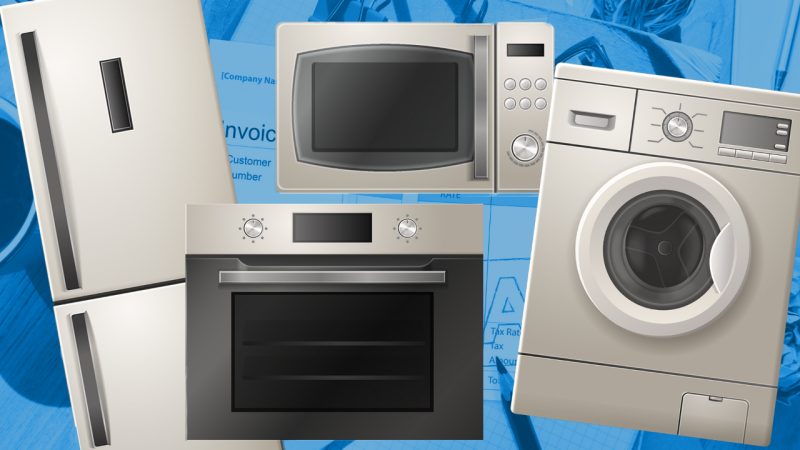Every homeowner dreads opening a power bill, and all the factors that play into those fluctuating costs - whether it's the heating bills in winter, or air conditioning needs in summer. But a great article from Consumer NZ has helped demystify the power consumption some of our most tried and true appliances have on the power bill and revealed how we could be wasting precious coin.
Consumer NZ worked out, on average in Aotearoa, 1 kilowatt-hour (kWh) costs 25 cents, so an appliance that runs for an hour with that usage costs 60 cents. The most power a regular three-pin plug appliance can generate is 2400W (240 volts x 10 amps), or 2.4kW an hour (which equates to $1.44 per hour.) All appliances have a label that tells you how much power it generates in watts.
Appliances that are always on tend to cost the most - like refrigerators. But the energy cost of the appliance could change due to many factors.
"Choosing the most energy-efficient medium-sized (376-450L) fridge-freezer we’ve tested would save $119 every year compared with a similarly sized 15-year-old model. Even an averagely efficient new model would save you $85 each year."
The location of a fridge or freezer can also change how much energy is required to keep an appliance cold. Consumer NZ found that old fridges running in your garage or shed could add approximately $200 a year to electricity bills. Appliances in areas with large temperature fluctuations, such as an uninsulated shed or garage, have to work harder to keep contents cold.
Appliances on standby are known for wasted energy, because even if it's "off", they're still using a small amount of power if the main is still running.
"A rule of thumb is the dumber an appliance is, the less energy it will consume on standby."
TVs and other smart appliances that run with bluetooth or wifi will use more power in "sleep" mode than old TVs that only need to run a standby LED light. The worst offender they found were printers which could cost $10 each month running on standby.
The appliances that use the most power per category/room:
Bathrooms: a bathroom heater costs the most at 61c per hour. But a 10-minute shower with an inefficient showerhead could cost you $1.25.
Heating: Getting a heater to warm up a room can cost the most at 50-60c per hour. A heat pump on average uses less energy, so at most will only be 45c an hour.
Kitchen: Kettles, while being the appliance that uses the most watts (2400kW on average) will only cost 4c per boil. A medium-large fridge will cost 96c per day, while a 15-year-old dishwasher is 45c a load.
Lighting: Incandescent bulbs that use 60 to 100W of power cost the most to use, while a LED bulb in comparison uses 9-14W and cost the least to run.
Laundry: Irons use 2400W, so would cost typically cost 60c an hour to run. A condenser dryer would be around 50c per load, while a cold wash washing machine top loader is 5c a load.
Entertainment: Most entertainment appliances are not as power intensive as others around the house. Game consoles are typically 5c an hour to run, while a 40" LED TV is only 1c an hour. However, if you leave it on standby all year, these costs can add up.
Some quick tips from Consumer NZ on how to save power:
- If your charger feels warm, it’s using energy.
- The only sure way to kill standby energy use is by unplugging a device or turning it off at the wall
- Insulate your hot water cylinder and pipes, so that way you're heating water, not the air around it.
- Avoid the half-load dishwasher setting – it can cost as much as a full load.



